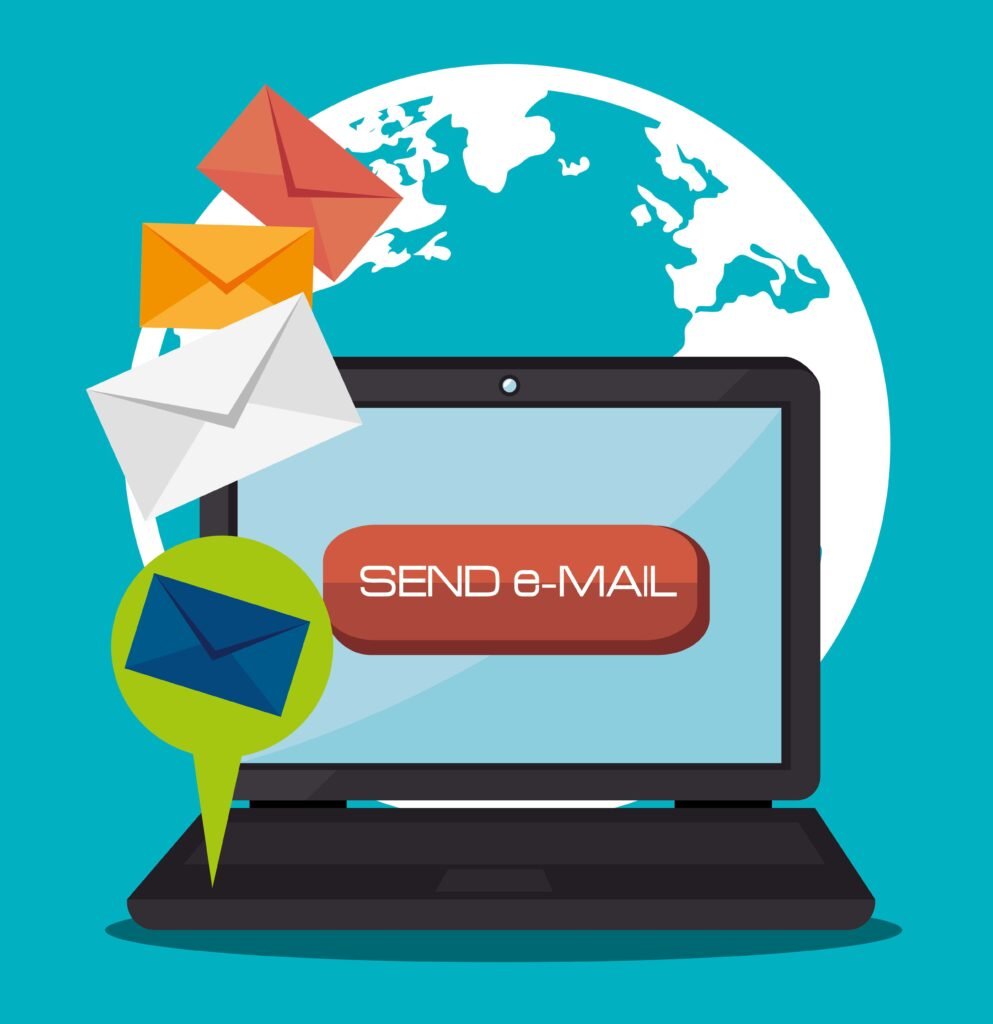
In today’s fast-paced digital world, email remains a primary mode of business communication. Given its significance, the efficiency of your email client can significantly influence your daily productivity and, by extension, best practices within your organization.
Many businesses have begun recognizing the potential benefits of migrating to more advanced email platforms, with Office 365 migration being a popular choice. But can shifting to a new email client refine your operational best practices? Let’s dive in.
1. Enhanced Collaboration and Communication
One of the most significant advantages of modern email clients, especially those packaged within comprehensive platforms like Office 365, is their integration with collaboration tools. Migrating can mean your team getting an email upgrade and access to tools like Microsoft Teams or SharePoint. Such devices can streamline communication, foster real-time collaboration, and reduce the silos often found in traditional email setups.
2. Improved Security Measures
As cyber threats continue to evolve, so should your defense mechanisms. Office 365 migration brings advanced security features regularly updated to counter emerging threats. Features like two-factor authentication, advanced threat analytics, and data loss prevention can bolster your organization’s cyber defenses. Adopting these enhanced security measures is undoubtedly a best practice worth considering.
3. Cloud-Based Accessibility
The shift to remote working has highlighted the importance of accessing your emails and documents from anywhere. Modern email clients, particularly those cloud-based, like Office 365, offer seamless access across devices and locations. This flexibility ensures that your team remains connected and productive, irrespective of where they are, a best practice in today’s decentralized work culture.
4. Streamlined IT Management
Managing legacy email systems for IT teams can be a nightmare, fraught with compatibility issues, patch requirements, and server downtimes. Migrating to a new email client can simplify IT management. With Office 365 migration, for instance, Microsoft handles much of the backend work, allowing your IT team to focus on strategic initiatives rather than constant IT maintenance.
5. Integration with Other Business Tools
Modern email clients often allow integration with various business tools and apps. This interconnected ecosystem can automate workflows, enhance data analytics, and drive efficiencies. For example, integrating your CRM with your email can give sales teams crucial client information in their inboxes. Such integrations can refine multiple business processes, aligning them more closely with best practices.
6. Cost-Efficiency
While there’s an upfront cost associated with migration, the long-term benefits often outweigh these initial expenses. Consider the reduced IT management overheads, the decrease in server-related costs, and the potential increase in employee productivity. Over time, migrating to a more advanced email client can offer substantial ROI.
7. Continuous Updates and Innovations
One of the perks of adopting modern email platforms, especially cloud-based ones, is the continuous stream of updates and innovations. These platforms are regularly enhanced with new features, security updates, and performance improvements. By migrating, your organization ensures it remains at the cutting edge of digital communication tools, which can play a pivotal role in fostering best practices.
What happens when you migrate emails?
When you migrate emails, several systematic processes occur to ensure a smooth transfer of your email data from one platform or server to another:
- Data Transfer: All emails, including attachments, metadata, and folder structures, are moved from the source server to the destination server.
- Integrity Check: Tools and protocols ensure that data remains intact during the migration, preventing any loss or corruption of information.
- Server Configuration: The destination server is configured to recognize and appropriately categorize the incoming data. This might involve setting up domain names, IP addresses, and other configurations.
- Synchronization: If the old and new email systems are active simultaneously, they might be synchronized to ensure no further emails are lost during the migration process.
- Verification: After migration, a verification process checks that all emails have been transferred correctly and are accessible in the new system.
- Update DNS Records: If you’re moving to a new domain or email service, the DNS records might need updating to direct mail flow to the new server.
- Archiving: Old emails, especially those not frequently accessed, might be archived in the new system to optimize storage and performance.
- Notification: Users are often informed about the migration, new access protocols, and potential downtime.
Conclusion
Email is more than just a communication tool. It’s central to numerous business processes and crucial to determining organizational efficiency. Migrating to a new email client, especially with options like Office 365 migration, can undoubtedly finesse your best practices. From enhanced collaboration tools to robust security features, the benefits are manifold.
However, migration is a significant move and requires careful planning and execution. Engaging with IT experts, ensuring employee training, and choosing the right migration time can ensure a smooth transition. As with any significant organizational change, the key lies in understanding the potential benefits, preparing for challenges, and leveraging the new platform to its fullest potential.
